Use of Homogenizers to prepare biological samples in a biochemistry laboratory environment.
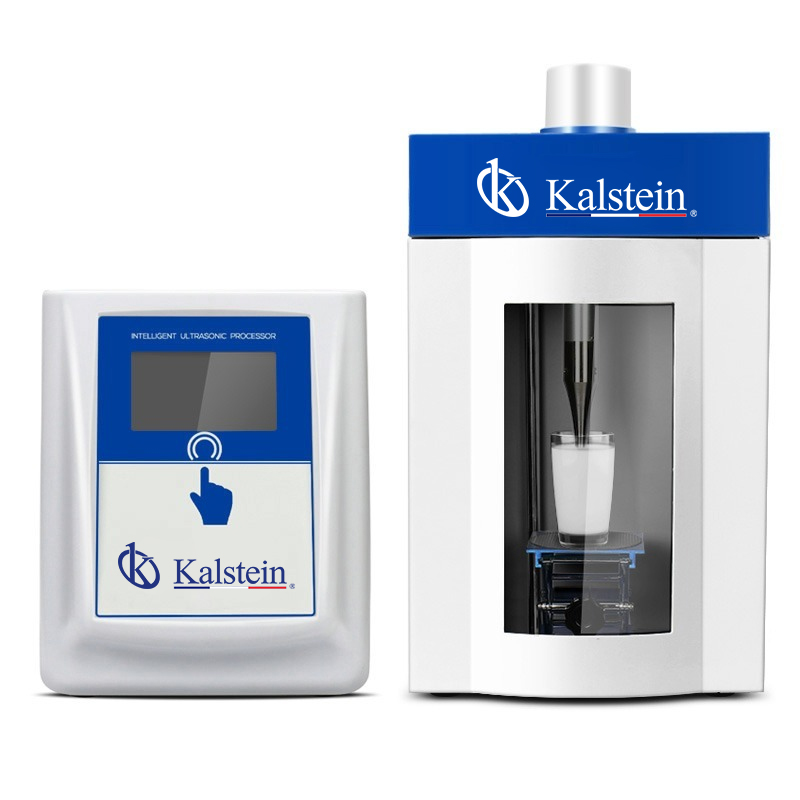
The use of homogenizers improves biological sample preparation procedures for biochemistry. A variety of devices and instruments have been developed for the automated preparation of biological tissue and cell samples for subsequent analysis. The incorporation of a homogenizer in a biochemistry laboratory is an excellent solution to improve analysis procedures and develop new technologies.
Is laboratory Fluorometer technology the best tool for sample analysis?
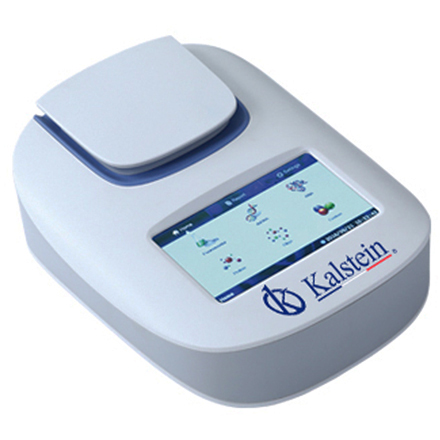
Laboratory fluorometers are incredibly useful in sample analysis. These high-tech tools have a variety of applications that make them an excellent choice for use in scientific research. This tool has the ability to take a sample and detect the major components. This is accomplished with the help of a photonic camera, which detects ultraviolet, visible and infrared rays.
The laboratory Fluorometer: how to ensure the reliability of the results obtained.

A fluorometer is an important laboratory device used to measure fluorescence levels in a sample. Due to its characteristics, it is one of the most widely used devices today to obtain accurate and reliable results. The use of a suitable fluorometer can guarantee the quality of the results obtained, offering an effective tool to help develop new discoveries in laboratories. This article will present the main features and uses of a fluorometer, recommendations to ensure the reliability of experimental results and some tips for its use in the laboratory.
Efficient use of laboratory Fluorometers to optimize data analysis.

Efficient use of laboratory fluorometers is a crucial step to optimize data analysis in laboratories. Laboratory fluorometers are highly sensitive and accurate instruments that allow the detection of specific biomolecules with the help of oscilloscopic fluorescence. By providing sensitive and accurate information about the concentration of biomolecules present in a sample, these devices enable data analysis in laboratories with much greater efficiency. This helps to make the development of new, faster, more accurate and more advanced diagnostic methods possible.
Use of Laboratory Ovens in the Food Industry
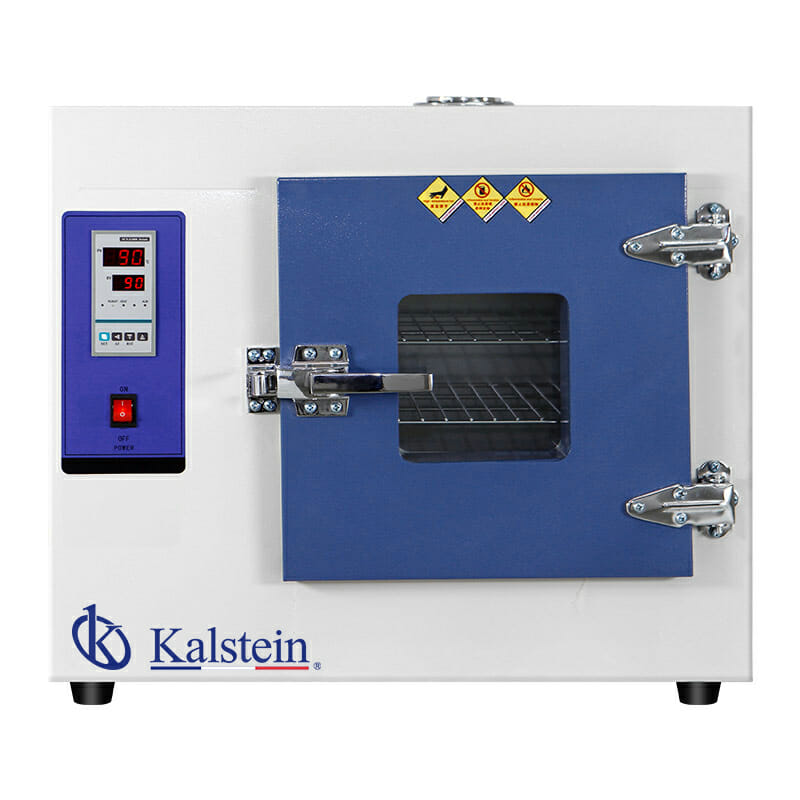
Globally, the food industry has become one of the major areas of production and consumption. This is due in part to the large amount of food products created, packaged, distributed and ultimately consumed around the world. Furthermore, this sector, in order to survive today, must ensure that the legal and technical requirements for food products are met. Among these requirements are those related to food processing and temperature control, which are directly related to the use of laboratory ovens.
What are the safety precautions for laboratory oven use in the food industry?

Maintaining safety in the food industry laboratory is essential when it comes to food production processes and projects. Some of these laboratories include the use of laboratory ovens, which allow food scientists and professionals to heat some mixtures and foods prior to full production. However, when working with laboratory ovens, there are certain safety precautions that must be taken.
What are the benefits of using a Colorimeter in the Biochemistry Laboratory?

Colorimeters are one of the most essential biochemistry laboratory equipment used in research laboratories. These devices are used to measure the concentration of different solutions and allow scientists to extract reliable and accurate data. Compared to traditional methods of measuring solutions, Colorimeters offer several advantages that make their use necessary for biological studies. Kalstein as a manufacturing company exposes in this article some of the main benefits that Colorimeters offer to Biochemistry laboratories.
What adjustments should be made to obtain the best results with the Colorimeter in the Biochemistry Laboratory?
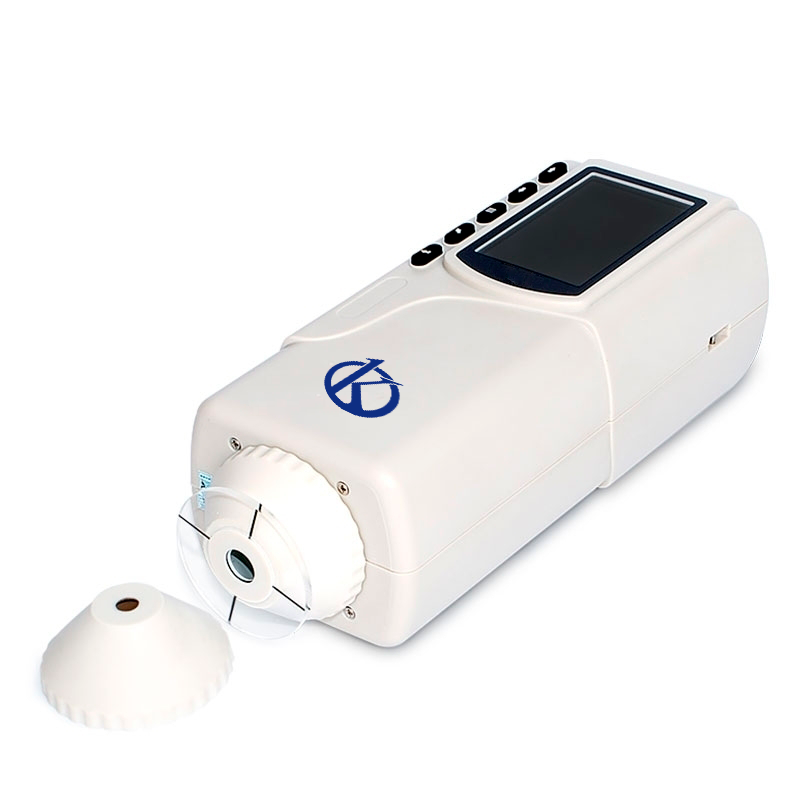
The colorimeter is a widely used device in the biochemistry laboratory, and is one of the main diagnostic instruments in a laboratory. This means that its correct use and the necessary adjustments are essential to obtain the best results. Therefore, below we will discuss the adjustments that need to be made to achieve the best performance of the colorimeter in the biochemistry laboratory.
How does the use of Electrophoresis contribute to the microbiology Laboratory?
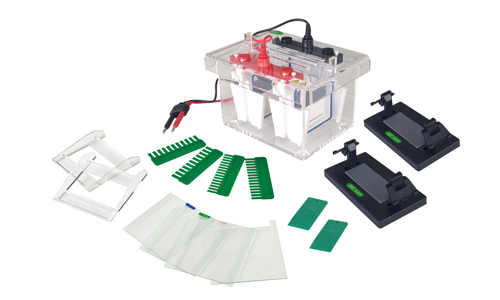
Electrophoresis is an important tool for the separation and analysis of biological macromolecules, such as proteins, enzymes, nucleic acids, lipids and carbohydrates. This technique has been widely used in the microbiology laboratory, from the identification of microorganisms and quantification of protein expression to the study of genetic patterns. This form of analysis has greatly assisted microbiologists in obtaining accurate results that might not otherwise be possible.
What are the correct steps to perform an Electrophoresis?
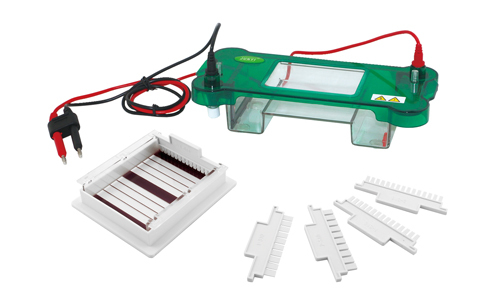
Electrophoresis is a technique used in the laboratory to separate and purify molecules, usually proteins and nucleic acids. It is based on the mobility of ions in a wet medium subjected to an electrical gradient.
